Rapid Review By: Mikayla Murphy
Kerr, L., Jewell, V. D., & Jensen, L. (2020). Stretching and splinting interventions for post stroke spasticity, hand function, and functional tasks: A systematic review. American Journal of Occupational Therapy, 74, 7405205050. https://doi.org/10.5014/ajot.2020.029454
The Skinny
This study focused on the benefits of stretching the upper extremity to decrease spasticity, increase hand function, and improve functional tasks in post stroke patients. The authors looked at four methods of reducing spasticity: stretching devices, static splinting, dynamic splinting, and manual stretching.
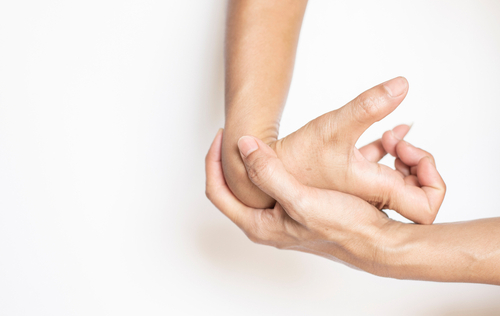
In the Weeds
This study was a systematic review, meaning it complied the results of several other studies in order to better understand all the current research evidence. The authors collected studies that focused on the treatment of the upper body of individuals 18 and older who had spasticity after a stroke. The studies also needed to have an evidence level of III or higher. The authors identified 11 studies that fit their criteria.
Bringing It Home
Stretching devices, static splinting, dynamic splinting, and manual stretching all increased hand function and improved functional tasks to varying degrees. Stretching devices were found to have strong evidence for reducing spasticity. Static and dynamic splinting both had low evidence for reducing spasticity, and manual stretching was not studied in regards to reducing spasticity. Static splinting, dynamic splinting, and manual stretching were found have moderate strength of evidence for increasing hand function. Stretching devices had a low strength of evidence for increasing hand function. Static splinting, dynamic splinting, and manual evidence all had a moderate strength of evidence for improving functional tasks. Stretching devices again had a low strength of evidence for improving functional tasks.
There were also some non-statistically significant conclusions drawn. Dynamic splinting was more effective than static splinting by self-report. Interventions were more effective when done in conjunction with an occupational or physical therapy session (as opposed to simply with a home exercise program), highlighting the need for hands-on intervention in addition to stretching activities.
Rating
This study was a 3/5. The systematic review itself was well-done, but severely limited by the lack of available studies. Additionally, the studies were not homogenous. For example, the intervention periods ranged from a half hour to six months between studies. In the end, the review does not change practice, but primarily highlights a need for more research in regards to upper extremity stretching and post-stroke spasticity.
2 Comments
Leave a Comment
More To Read
Hand Therapy: Conservative Management of Pediatric Monteggia Fractures
Conservative Management of Pediatric Monteggia Fractures Monteggia fractures in children comprise approximately 2% of pediatric elbow fractures and involve a fracture of the proximal ulna with dislocation of the radial head (Fig. 1). The primary concern of Monteggia fractures includes the treatment (monteggia fracture treatment pediatric) and relocation of the radial head, because if left…
Read MoreIs HEP Just as Good as Therapy for Metacarpal Fracture Rehab?
Gülke, J., Leopold, B., Grözinger, D., Drews, B., Paschke, S., & Wachter, N. J. (2018). Postoperative treatment of metacarpal fractures – Classical physical therapy compared with a home exercise program. Journal of Hand Therapy, 31(1), 20-28. The Skinny – Medicine is moving towards a model that encourages less direct intervention and a more DIY focus…
Read MoreEffectiveness of Conservative Therapy and Splinting for 1st CMC OA
Tsehaie, J., Sprekraijse, K., Wouters, R., Slijper, H., Feitz, R., Hovious, S., & Selles, R. (2018). Outcome of a Hand Orthosis and Hand Therapy for Carpometacarpal Osteoarthritis in Daily Practice: A Prospective Cohort Study. American Society for Surgery of the Hand, 1-11. The skinny: Non-surgical approaches (hand therapy & orthotics) are typically the go-to for…
Read MoreIncreasing Shoulder Range of Motion by improving Scapulohumeral Rhythm
Scapulohumeral rhythm is often the key component when treating shoulder conditions and the reason for the lack of total shoulder range of motion. This may also be a critical component in order to prevent shoulder conditions during rehabilitation of other upper extremity conditions such as distal radius fractures, tendon injuries, and elbow injuries. Scapulohumeral rhythm…
Read MoreSign-up to Get Updates Straight to Your Inbox!
Sign up with us and we will send you regular blog posts on everything hand therapy, notices every time we upload new videos and tutorials, along with handout, protocols, and other useful information.


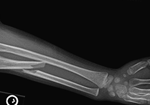
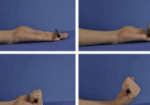
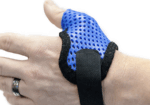
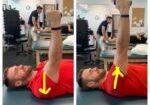

Can you provide an example of a stretching device? Thank you.
What would constitute a stretching device?